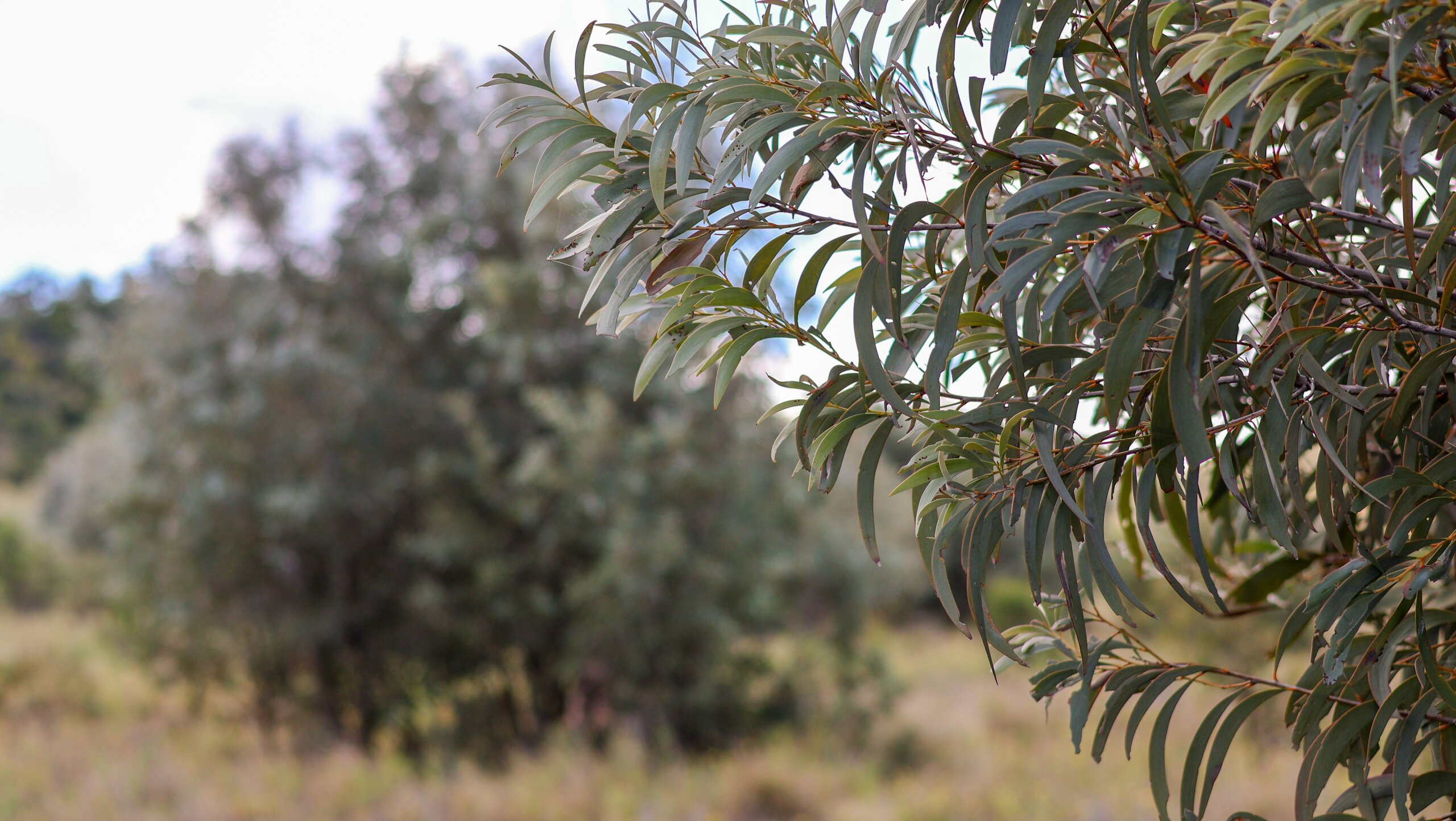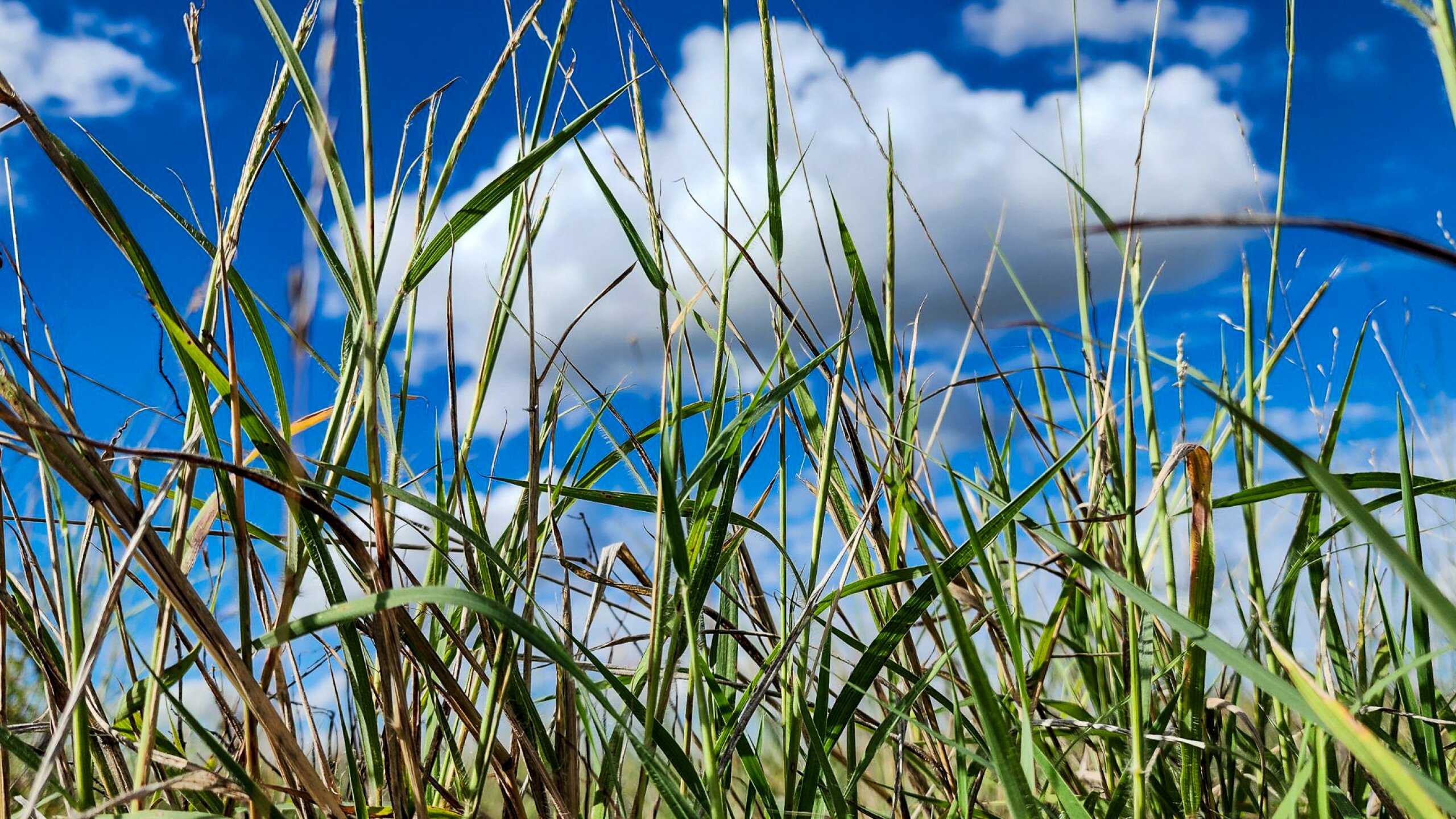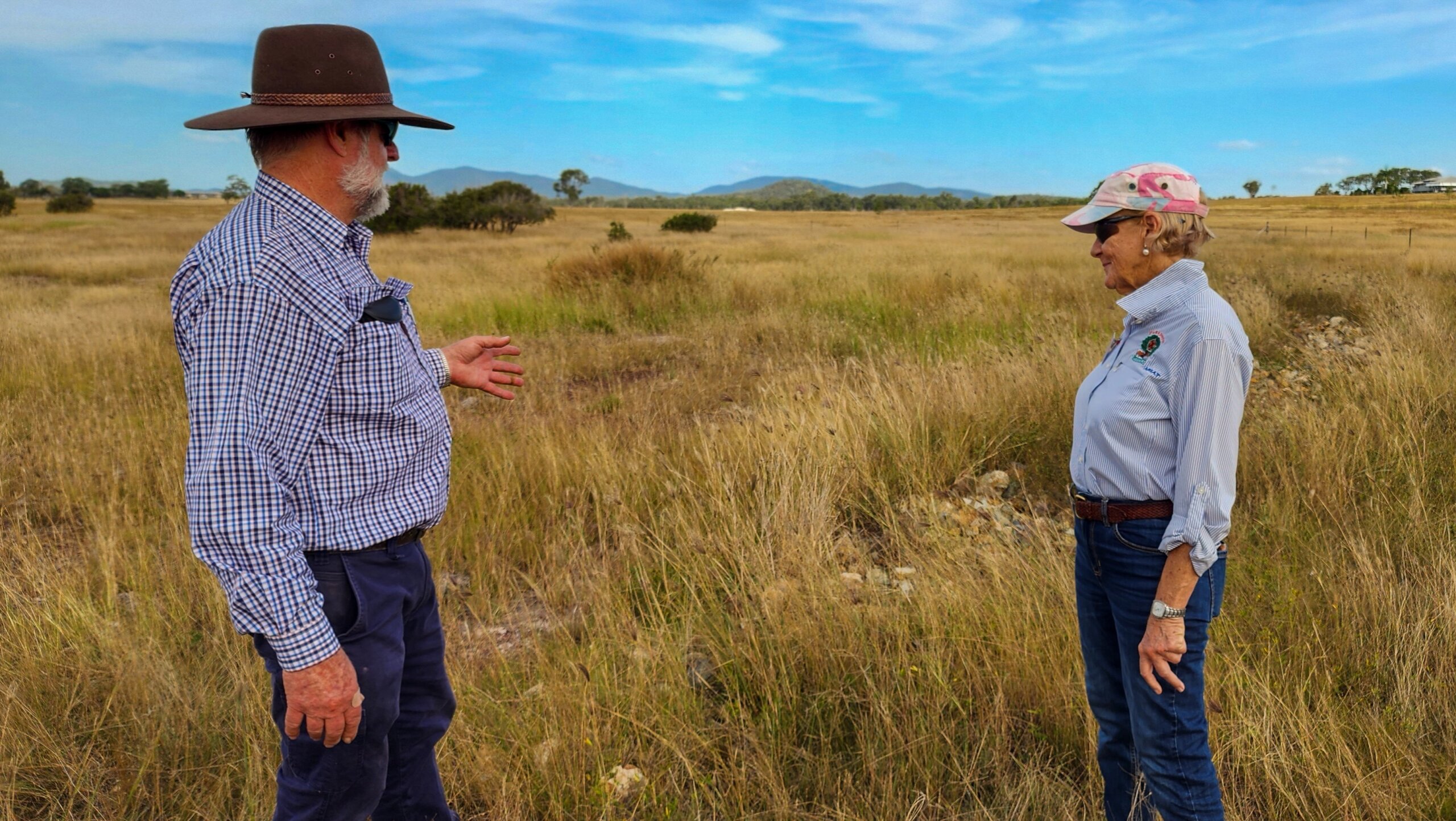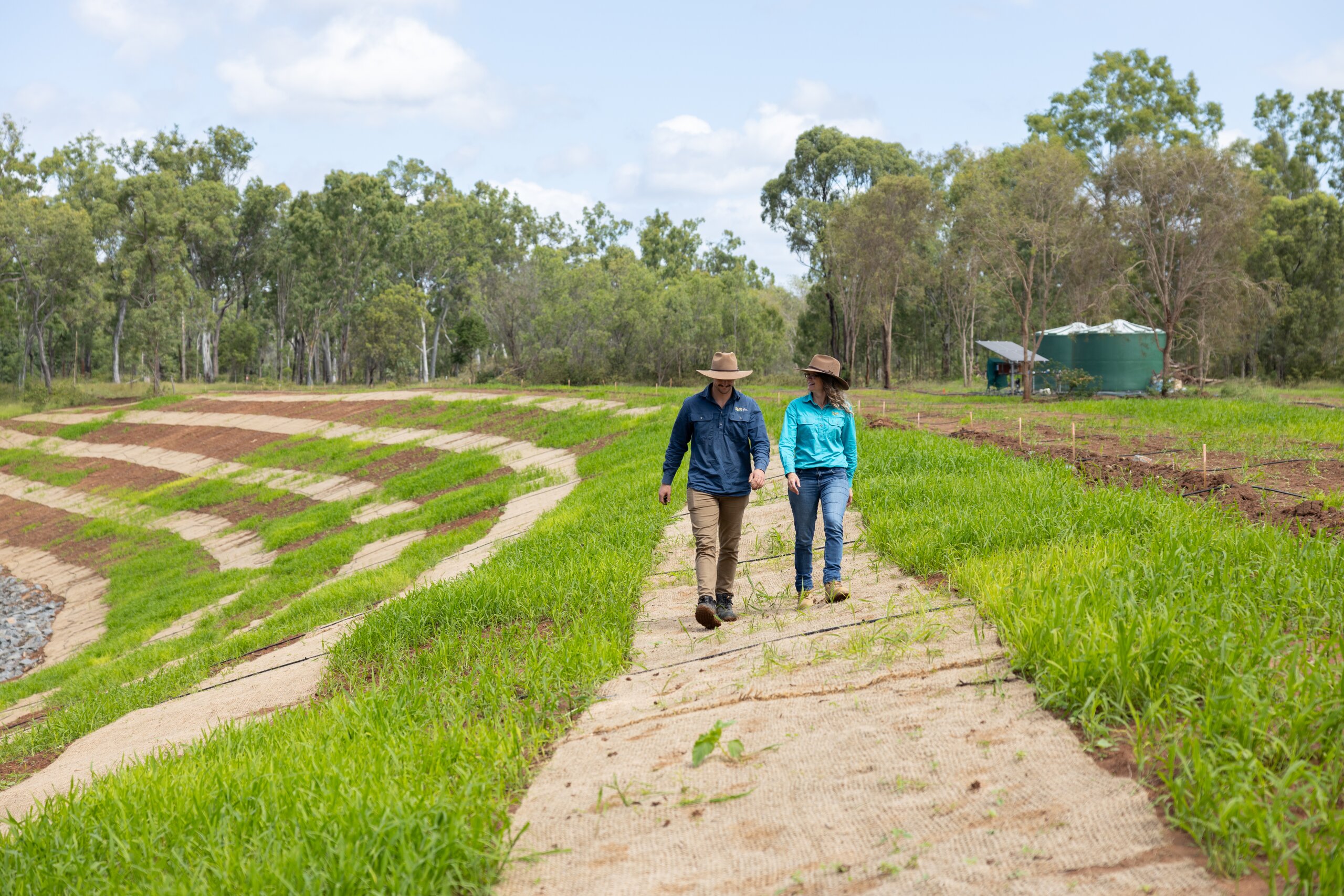Overhead, canopies cradled birds while branches held koalas and gliders. On the forest floor, creatures crept, burrowed, slithered and crawled. Beneath the surface, deep roots reached into the soil, holding it gently, keeping it from drifting away in wind or storm. It was more than mere shelter. It gathered carbon from the air and stored life’s balance in trunks, leaves, roots and soil.
Yet what was once seemingly endless has been broken. Less than a tenth of brigalow remains today. Scattered fragments lie across cleared and altered landscapes.
The Brigalow Land Development Fitzroy Basin Scheme, one of the largest land development projects ever undertaken by the Queensland Government, reshaped this country on an immense scale. With 90% of the original woodland destroyed or degraded, brigalow shifted from a defining feature of the region to an endangered remnant.
Where brigalow has returned, it faces resistance. Dense thickets of suckers rise from the earth, stubborn and unruly, difficult for land managers to control. They choke grasses and limit agricultural use, making a land manager’s job even harder.
As a result, clearing has continued across central Queensland in pursuit of productivity. When brigalow is cleared, nitrogen is released, giving grasses a short-lived boost and lifting production. For a time, paddocks flourish and cattle graze on the promise of renewed abundance. But the boost is fleeting. Within seven years, the nutrients fade, the grasses thin, and the brigalow begins to return.
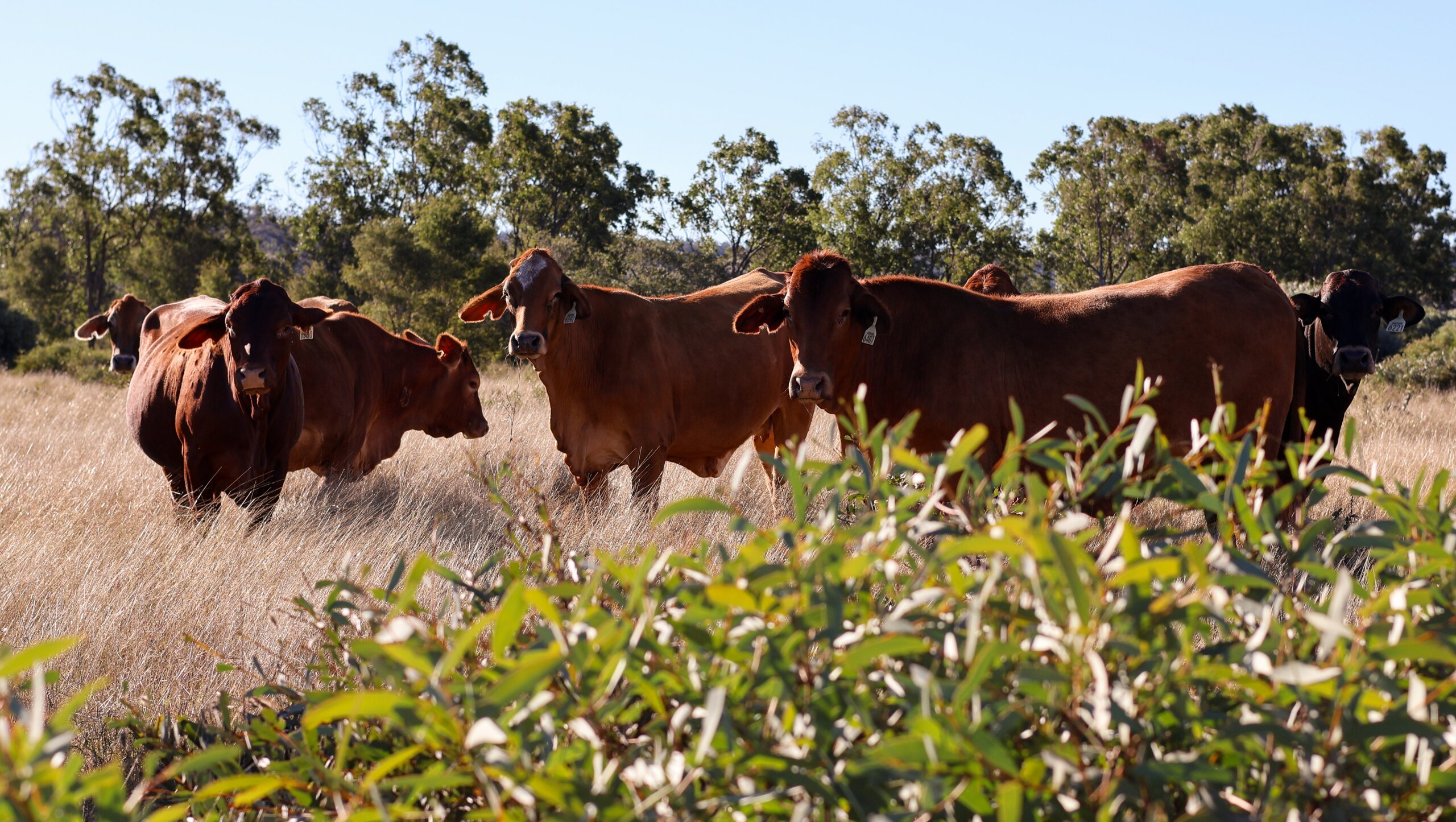

With each clearing, the cycle becomes less productive and shorter, bringing less grass growth, leaving the land more exhausted and its soil more fragile.
FBA’s connection to brigalow runs deep. Brigalow woodlands have long defined central Queensland, and FBA’s work has grown alongside them. In grazing systems, brigalow can be a valuable tool. It boosts productivity through land and soil health. As a legume, it fixes nitrogen, improving soil fertility and plant health. Its roots improve water infiltration and retention. Its canopy provides shelter for heat-stressed cattle. Just as importantly, brigalow is a sanctuary for hundreds of species, more than 200 of them threatened or found nowhere else in the world.
Working with brigalow is not a new story, but the approach is evolving. In recent years, renewed focus on how to balance brigalow and production has been driven by FBA and an ever-growing cohort of Fitzroy land managers. Together, they share a recognition that managing brigalow can strengthen both biodiversity and agricultural productivity.
FBA is currently running four projects across the region that place brigalow in the spotlight. The aim is not only ecological, but also agricultural and cultural.

“Now the focus is on both conservation and production benefits,” FBA Land Manager Sophie Wilkins said. “It’s about understanding that brigalow can coexist within a production setting. When natural processes are restored, productivity follows. Land managers who find that balance often say they wish they had started sooner. The results speak for themselves.”
By working with First Nations peoples and land managers, FBA is uncovering brigalow’s place in modern landscapes. We glimpse a future where land remains productive and natural systems are restored, showing what true balance can look like in practice. Sophie’s hope for the future of brigalow is fuelled by the passion of those who have become part of the change.
If we can learn to see its value, brigalow may once again shimmer across the horizon. Not as a relic of the past, but like the first light of dawn, a promise of what’s still possible.
